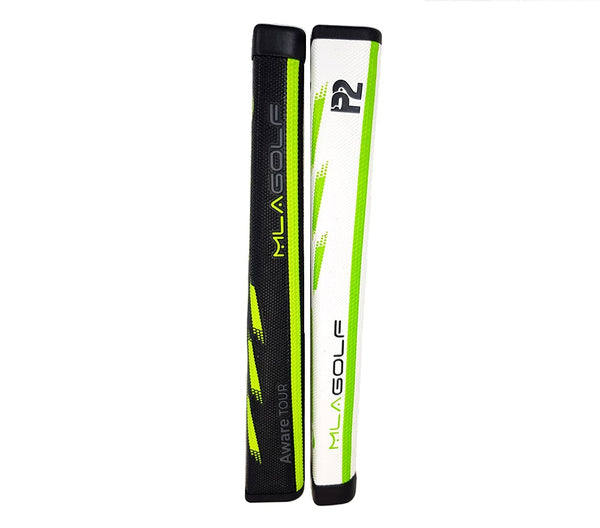
While not quite to the same extent as drivers, putters have gone high-tech. Face-balanced putters are generally well suited for golfers with more of a straight-back, straight-through stroke. A face-balanced putter will face the sky. If the putter head hangs with the toe closer to 6 o’clock, it’s toe-balanced. Balance the putter on your two index fingers. If you open and close the face more than average, consider a heel-shafted putter with more weight in the toe. Toe HangĪs much as tempo is a factor in choosing the right putter, so too is the amount of arc in your stroke. If your stroke is slower and smooth, a heavier mallet might make more of an impact.

While there are few absolutes in fitting, those with a faster putting stroke often are better suited with lighter blade-putter options. Which is best mallet or blade putter for you? It’s a combination of personal preference and individual putting stroke.
MLA TOUR XDREAM PROFESSIONAL
We recommend working with a professional fitter to determine the right loft for your putting stroke. Too little or too much can cause bouncing, hopping and, ultimately, distance-control issues. The right loft promotes a smooth roll off the face. Choose a putter that allows for a relaxed set-up based on your address posture. Many golfers find they fit better into putters with shorter shafts. Length can affect distance and direction.

Typically, stock putters come in either 34-inch or 35-inch lengths.


 0 kommentar(er)
0 kommentar(er)
